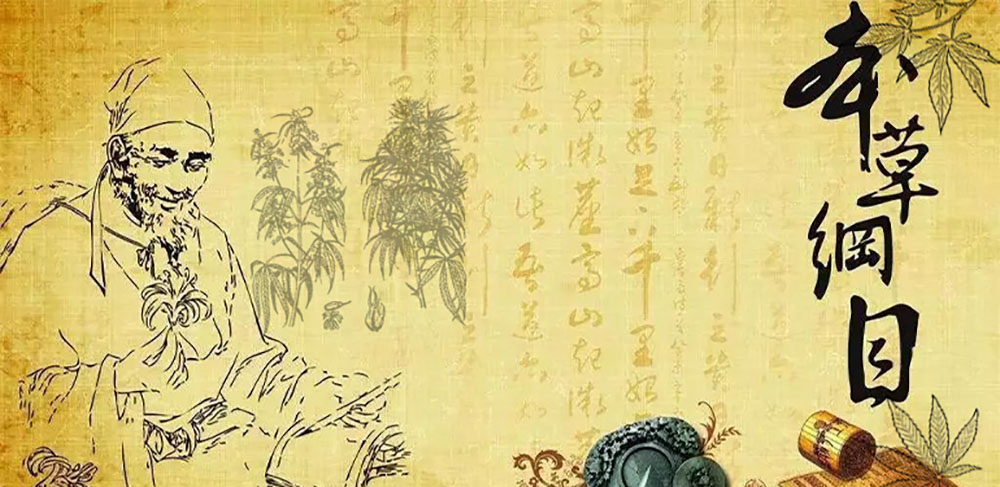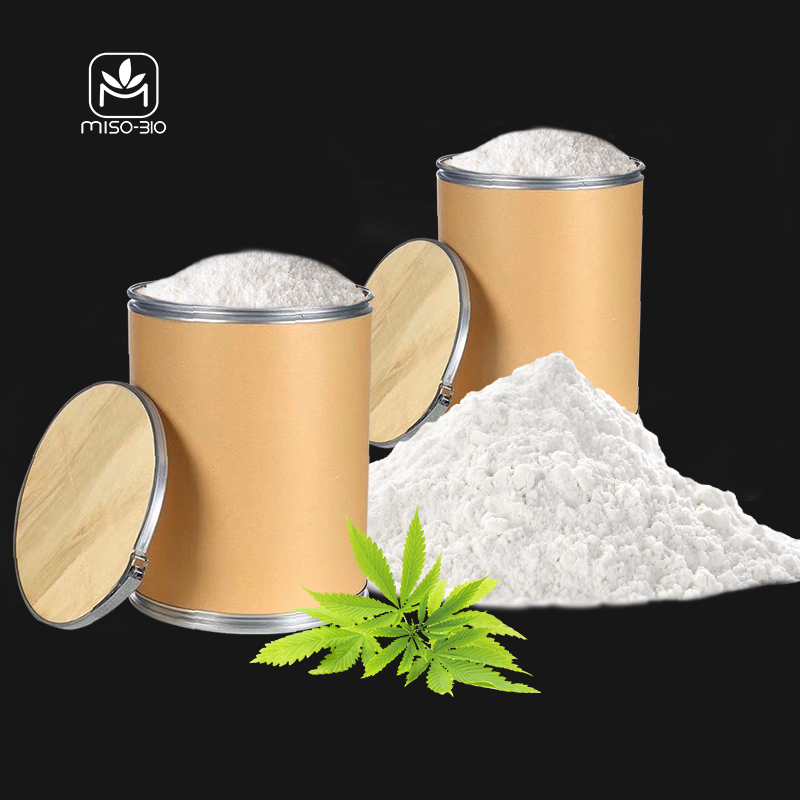
In recent years, a renaissance of hemp has swept through the fields and factories of modern-day China. With newfound understanding and recognition, the nation has embraced its resurgence of it, breathing life into ancient traditions and paving the way for a future of sustainable innovation. Today, China stands as a leader in the cultivation and utilization of industrial hemp, harnessing its fibers, seeds, and compounds to meet the demands of a rapidly evolving world.
In today’s society, people more concentrate on the medical use of hemp. Because so many of their medical values have been found and are waiting for further demonstration. The famous one of them is cannabidiol(CBD).
What is cannabidiol(CBD)?
CBD is a natural compound found in hemp plants, including both marijuana and cannabis. It is one of the many cannabinoids present in these plants.
CBD has gained significant attention and popularity in recent years due to its potential therapeutic properties and its non-intoxicating nature. It does not make us feel “high” as THC. Many researchers suggested that CBD may have abundant medical benefits such as anti-inflammatory, analgesic (pain-relieving), anxiolytic (anti-anxiety), neuroprotective, and antioxidant properties. Click it if you want to know the top 10 benefits of CBD oil.
CBD is a chemical ingredient which has been found in the 20th century. However, the medical use of hemp can be dated back to 4000 years ago! At that time, there is no clear boundary between hemp, cannabis, and marijuana.
A long and rich history of industrial hemp in China
China's hemp history can be traced back thousands of years. Hemp is one of the oldest cultivated plants in China and has been used for various purposes throughout its history. Two of the most main applications of hemp are hemp production and hemp medical usage.

Hemp cultivation can be traced back to around 4000 BCE during the Neolithic period. It is believed that hemp was one of the first plants domesticated by the Chinese people.
In ancient times, hemp cultivation provided several agricultural and economic benefits in planting, production, and trading. The ancient Chinese governments recognized its economic potential values and actively supported its cultivation. So hemp production became an important agricultural crop and played an important role in ancient China's economy.
Hemp fibers are one of the main applications of hemp, which have been used to make textiles, ropes, and paper. The ancient Chinese used hemp fabrics for clothing, fishing nets, and as a medium for writing and drawing. And the time can date back to the Tang Dynasty (618-907 CE), or earlier to Shang Dynasty (1600-1046 BCE) and Zhou Dynasty (1046-256 BCE) of China.
Medical use of hemp in Chinese history
Medical material is the other main application of hemp. In the ancient time, there is no definition distinguishing between hemp and cannabis. The earliest record of hemp as a medicinal herb in Chinese history can be found in the "Shennong Ben Cao Jing", which is one of the oldest known Chinese medical material texts. The record time of this book can be dated back to the Han Dynasty (206 BCE-220 CE) or earlier. And according to the definition today, the hemp described in the book shall be cannabis.
There are three famous chinese ancient medical texts that recorded the medical purpose of hemp.
The first and the oldest one is the "Shennong Ben Cao Jing", categorized hemp under the name "Ma," which is a general term for various cannabis species. It describes the plant's properties, such as its taste, temperature, and therapeutic effects. According to the text, hemp was believed to have analgesic, anti-inflammatory, and sedative properties. These founctions are same with what of cannabidiol(CBD) have.

"Bencao Gangmu", another oldest medical material texts of China, has been compiled by Li Shizhen during the Ming Dynasty (1368-1644 CE). This monumental work is considered one of the most comprehensive texts on traditional Chinese medicine. It briefly mentions hemp as a remedy for conditions such as malaria and constipation.
The third medical material book is "Tang Ben Cao", which hemp is referred to as "Ma" or "Huo Ma". It describes hemp as having a bitter taste and a warming property. The text mentions that the seeds of hemp are used as a laxative to treat constipation and are also beneficial for promoting urination.
Contemporary Developments of hemp In China
In recent years, there has been a renewed interest in hemp in China, driven by its potential industrial uses and the global demand for hemp products.
Since the late 1990s, the Chinese government has gradually relaxed regulations surrounding hemp cultivation and processing. In the following time, China has gradually become one of the world's largest producers of hemp and hemp-derived products.
Currently, China has established industrial hemp farming regions, particularly in provinces like Yunnan, Heilongjiang, and Jilin.
Conclusion
Hemp has a rich and storied history in China. It has been used for various purposes, especially in medicine. While the medical use of hemp can be traced back to ancient times, research on its potential therapeutic properties is still going on.